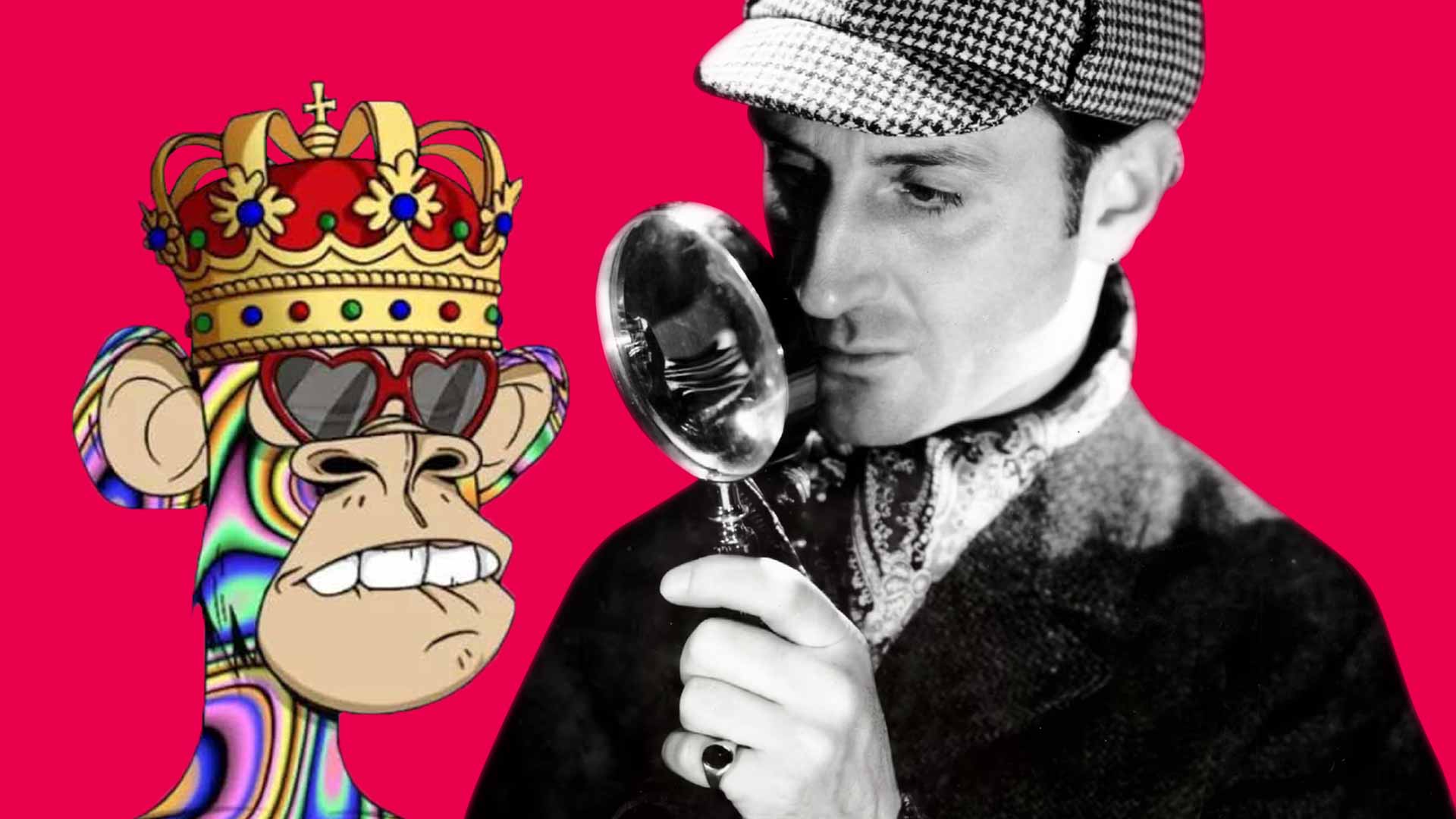February 2022
Unless you’ve been living under a rock, (or somehow been cut off from the internet while in covid isolation) you’ve probably noticed a little acronym known as NFT. You may have frowned in confusion while reading about jpegs displaying pixelated cats selling for mid-bending numbers. Or even catching an article about the 12-year-old girl who became an instant millionaire after selling her digital collection of long-necked females in just minutes. But there is more to the story than the cheap thrills of monetary gains, so let’s take a deeper look into the technology behind the Collins dictionary’s 2021 “word of the year” and how cultural heritage and museums could leverage its particular characteristics in the years to come.
Non-fungible tokens (NFTs) are unique data stored in the general ledger on a blockchain. NFTs can be used to represent objects such as images, videos, audio, and other types of digital media that can be easily reproduced. Much like a certificate is used when buying paintings, expensive watches, or even limited edition baseball cards in the analog world, the holder of the NFT will be able to prove the authenticity and ownership of the digital object. This trait has sparked the curiosity of the cultural sector that normally deal with delicate and one-of-a-kind objects.
Traditionally, cultural institutions have been hesitant to embrace new technology. Digital representation of artifacts has served no other purpose than internal archives and the odd marketing endeavor. This notion is being challenged by the emergence of technology that captures and creates a digital twin of any artifact in stunning detail. High-fidelity images and photorealistic 3D models of objects present great potential for institutions looking to make cultural heritage accessible to the public. Blended with the providence of blockchain, museums can create original and otherwise impossible exhibitions. This is the idea behind Russia’s famed Hermitage Museum´s recently opened ‘The Ethereal Aether’, displaying NFT artworks in a digital space modeled on Saint Petersburg’s old Stock Exchange – its first-ever completely virtual exhibition. One could only imagine the possibilities for cross-collaboration across the globe when the logistic challenges of the real world are circumvented by digital assets. Artifacts on the blockchain can be traded, borrowed, and curated between institutions, collectors, and the private, creating an ecosystem between museums and the public arena.
Last year saw an enormous uptake on the digital market for art. The almost 300-year-old auction house Sotheby’s reported $100m in sales off its new non-fungible tokens (NFTs) category. While only being a fraction of the total sales, the trend is apparent, and actors in cultural heritage are starting to get involved. One could argue that digital artifacts come like a natural extension of the already booming business around cultural IPs. Institutions like Amsterdam’s Van Gogh museum and the Louvre are partnering with brands to create merchandise and collectibles. The Recently opened Munch museum in Oslo partnered with Langaard to offer a limited number of jewels based on The Scream.
NFTs based on cultural heritage has the potential to become treasured assets for a young and digital-oriented audience, and a potential digital revenue stream for museums. LaCollection is an example of a recently opened NFT platform where audiences are encouraged to create, explore and collect assets based on original artworks certified by The British Museum. Buyers of digital Katsushika Hokusai works can choose between payment in the cryptocurrency ETHER or by credit card, lowering the bar for the technologically hesitant.
Museums and cultural heritage institutions would be wise to probe what the potential digital assets have for both conservation and dissemination. A new generation of audiences are less concerned about the distinction between virtual and real, and are more inclined to favor a seamless blend between the two – digital property and ownership come just as naturally to the average Fortnite player as buying a designer vase are to their parents. NFTs present a hybrid landscape where the public can explore, collect and influence our common cultural heritage, giving museums opportunities to build loyal communities and develop digital revenue streams.
New technologies create new opportunities
At Glitch Studios we go where new technology leads us, to explore new opportunities for our clients to connect to their audience.

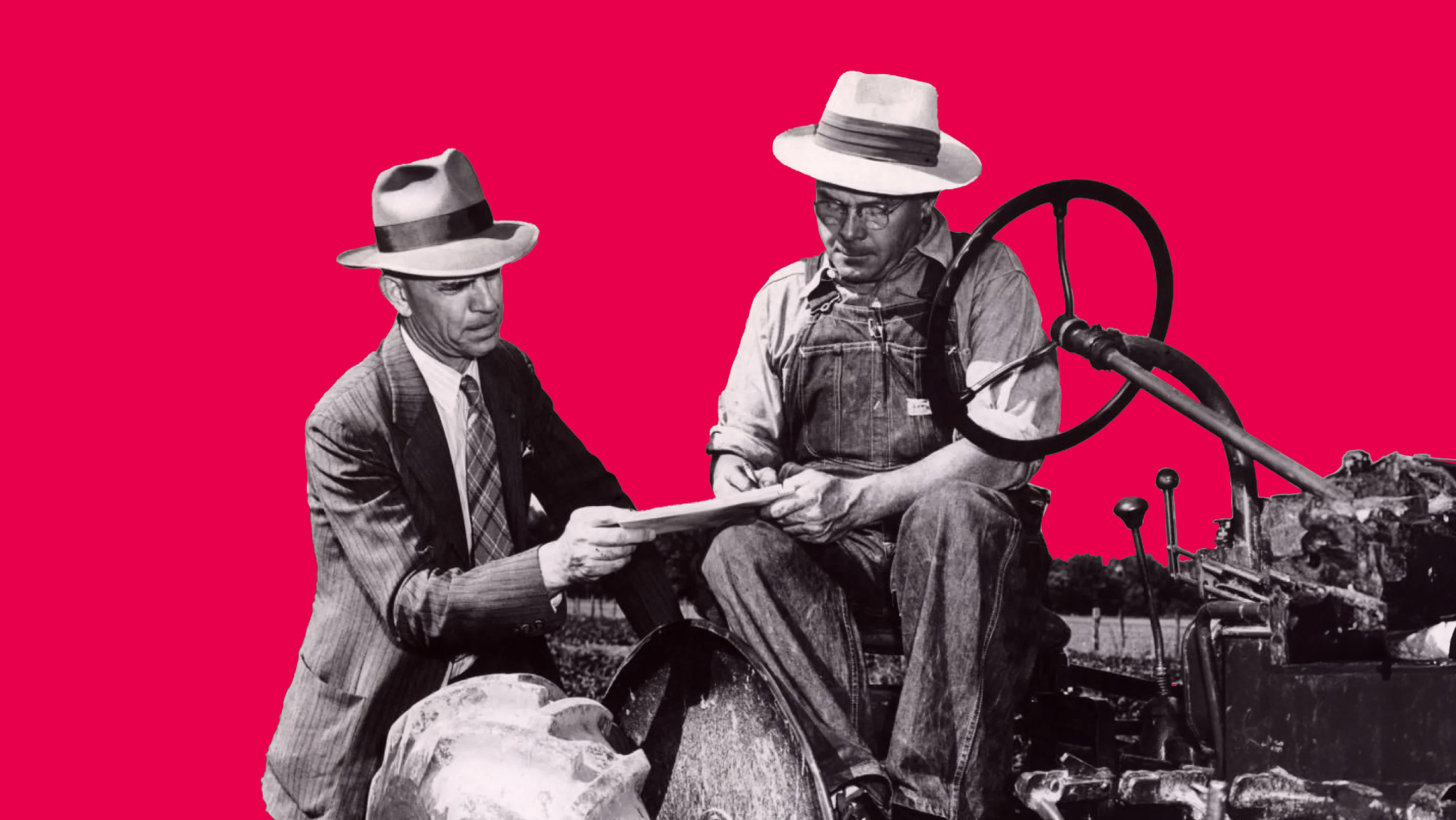 Cultivating Minds: How Havrå Farm Game will Grow Sustainable Leaders
Cultivating Minds: How Havrå Farm Game will Grow Sustainable Leaders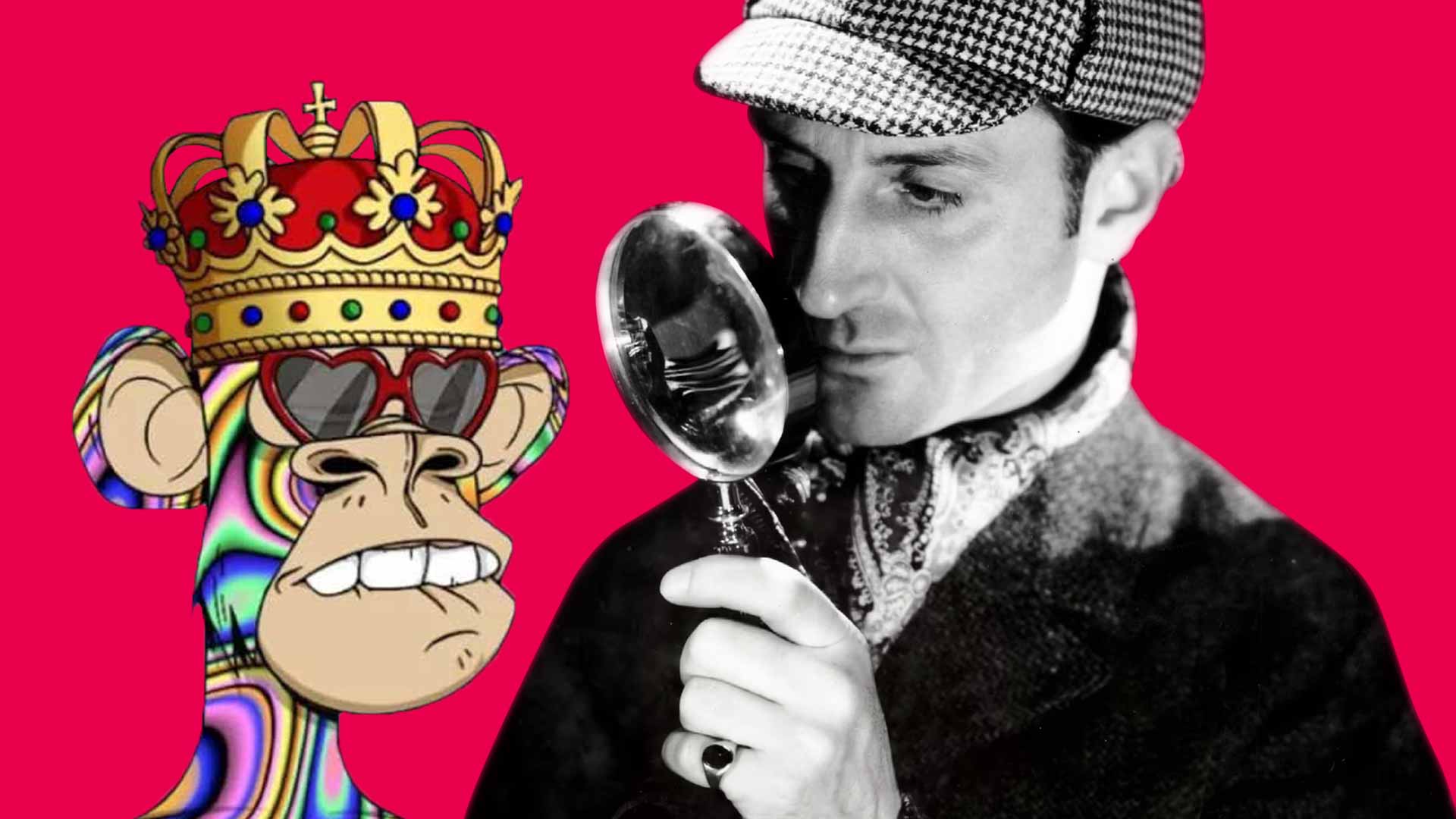 How cultural heritage is leveraging blockchain and NFTs to reconnect to their audience
How cultural heritage is leveraging blockchain and NFTs to reconnect to their audience It’s hot tub time
It’s hot tub time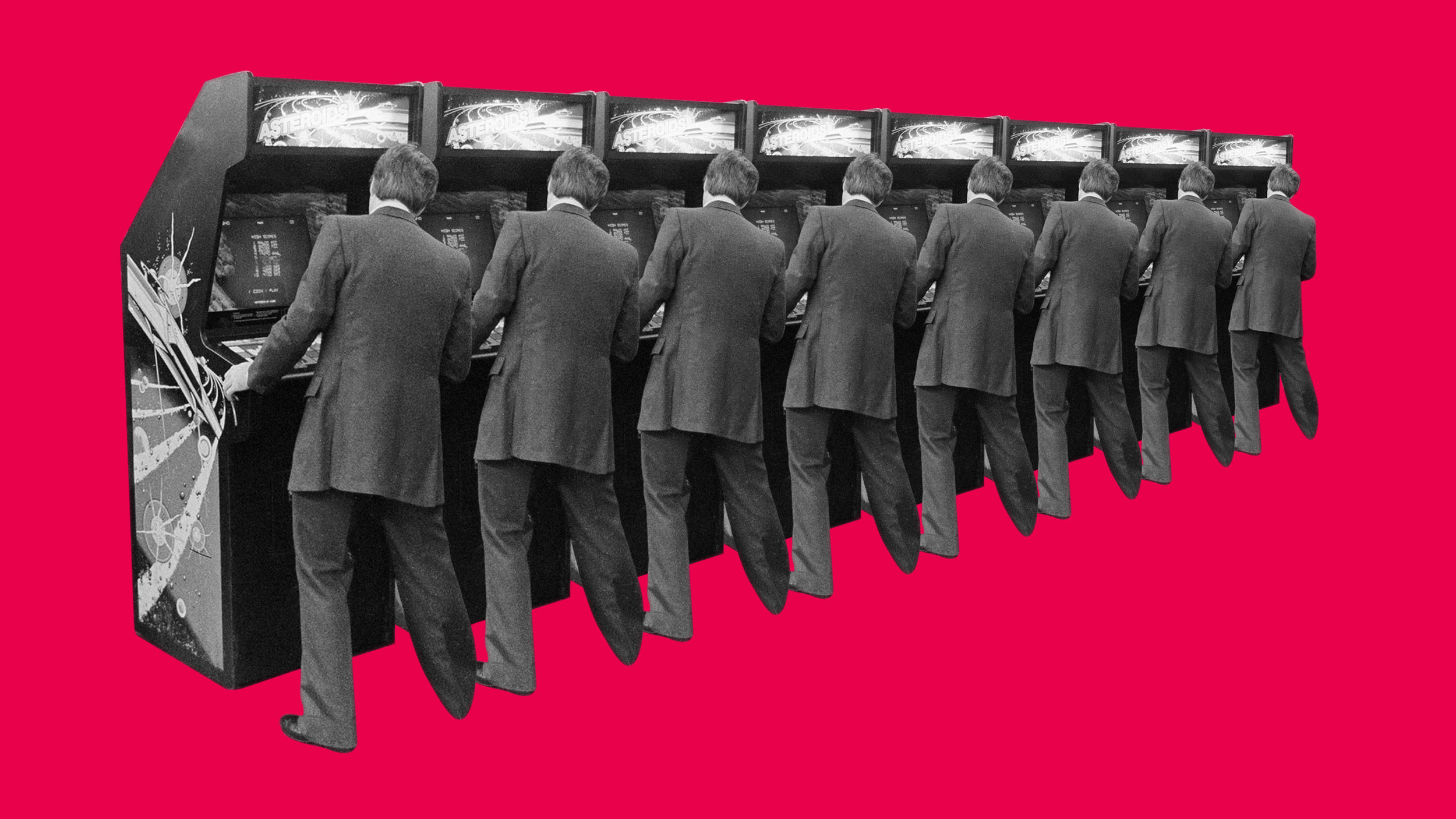 The renaissance of the classic arcade
The renaissance of the classic arcade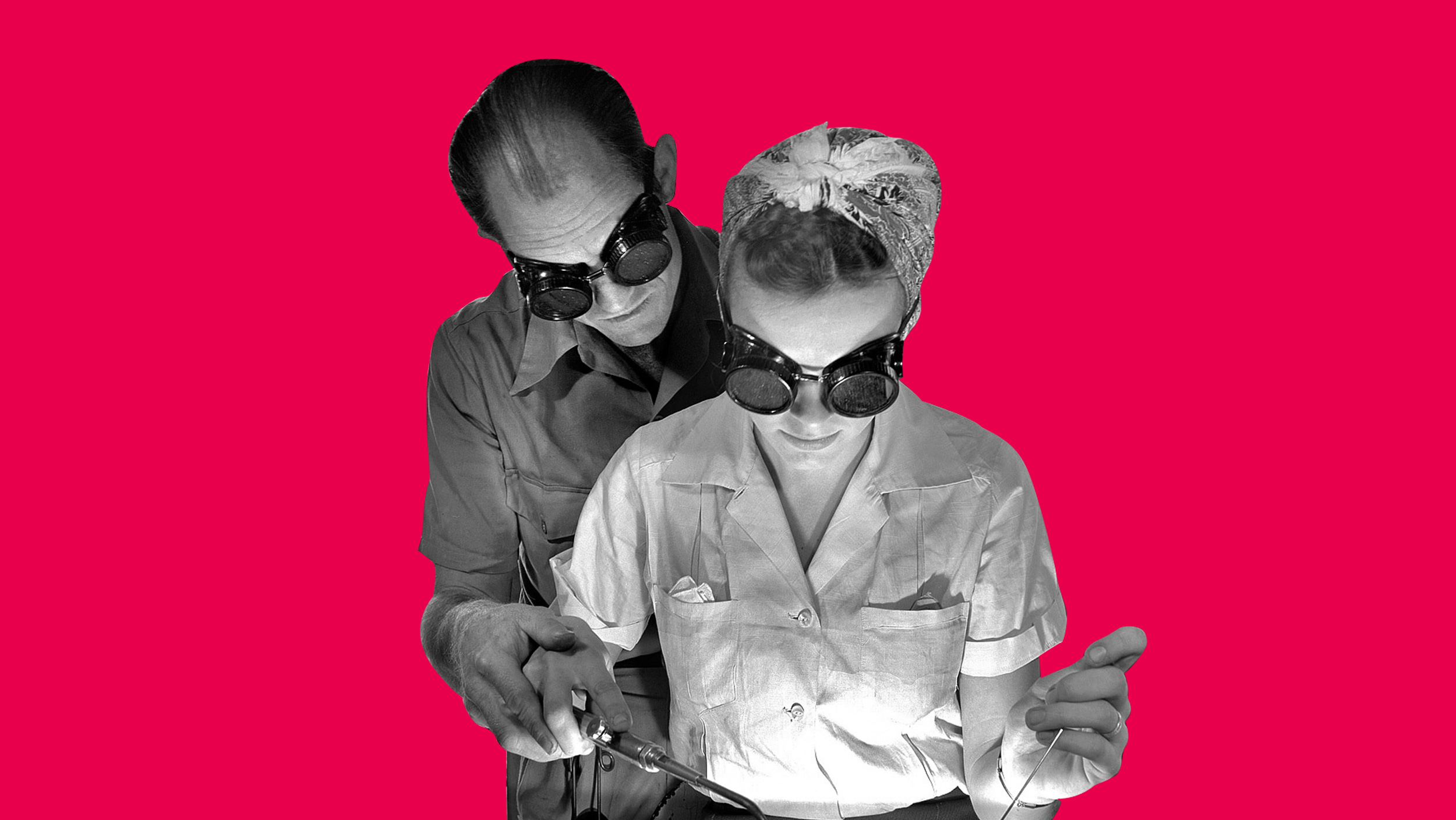 A model for understanding the virtual reality experience
A model for understanding the virtual reality experience How VR / AR are an effective b2b sales solution
How VR / AR are an effective b2b sales solution VR – Machine driven human to human interaction
VR – Machine driven human to human interaction Untangling the wires – how 2019 will see virtual reality cut the umbilical-cord
Untangling the wires – how 2019 will see virtual reality cut the umbilical-cord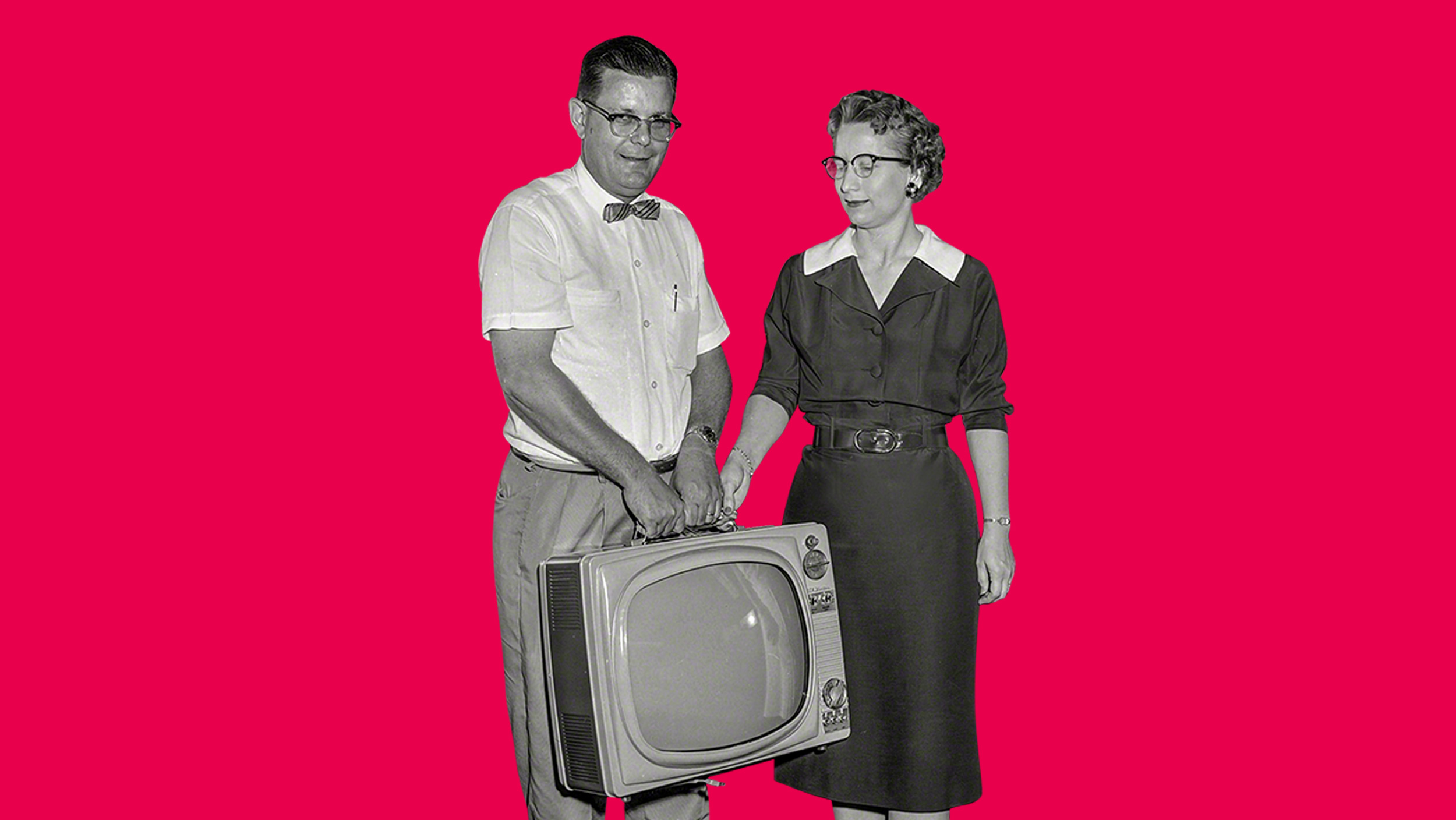 Our long road to getting virtual reality on the road
Our long road to getting virtual reality on the road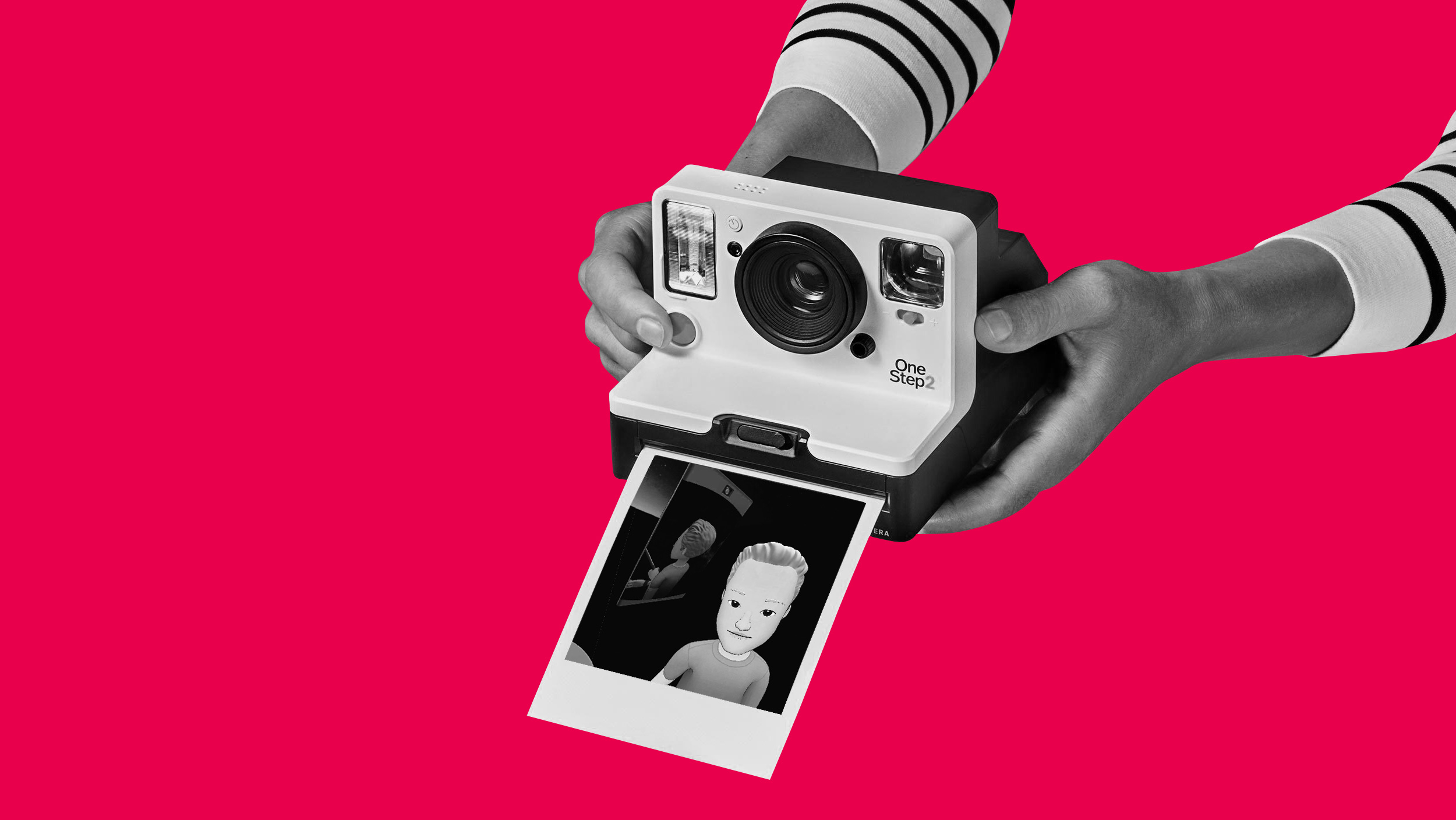 The information age is dead welcome to the experimental age
The information age is dead welcome to the experimental age Anatomy of VR
Anatomy of VR Deciphering the hololens
Deciphering the hololens Make it sound right or break immersion
Make it sound right or break immersion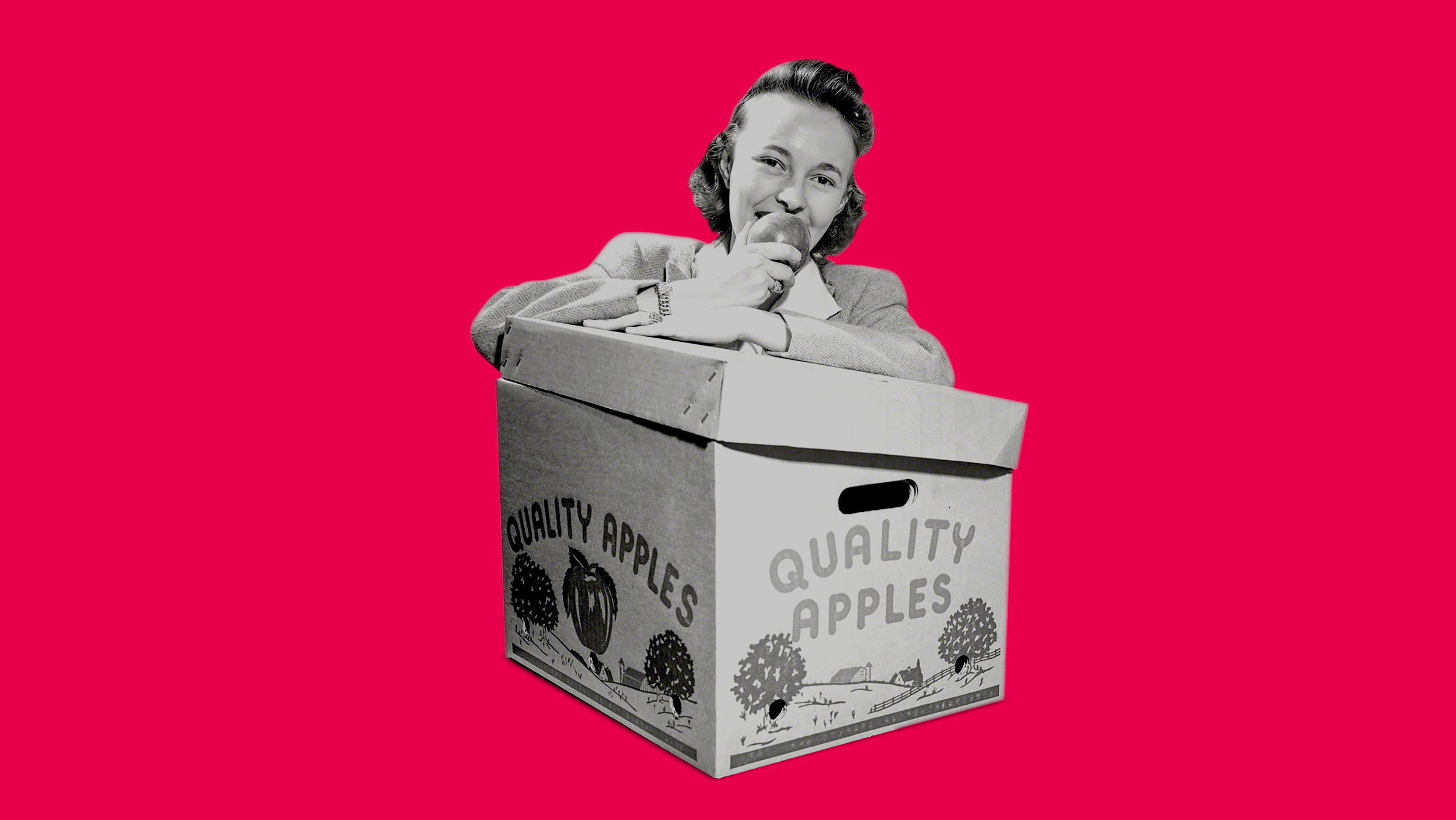 Branding your reality
Branding your reality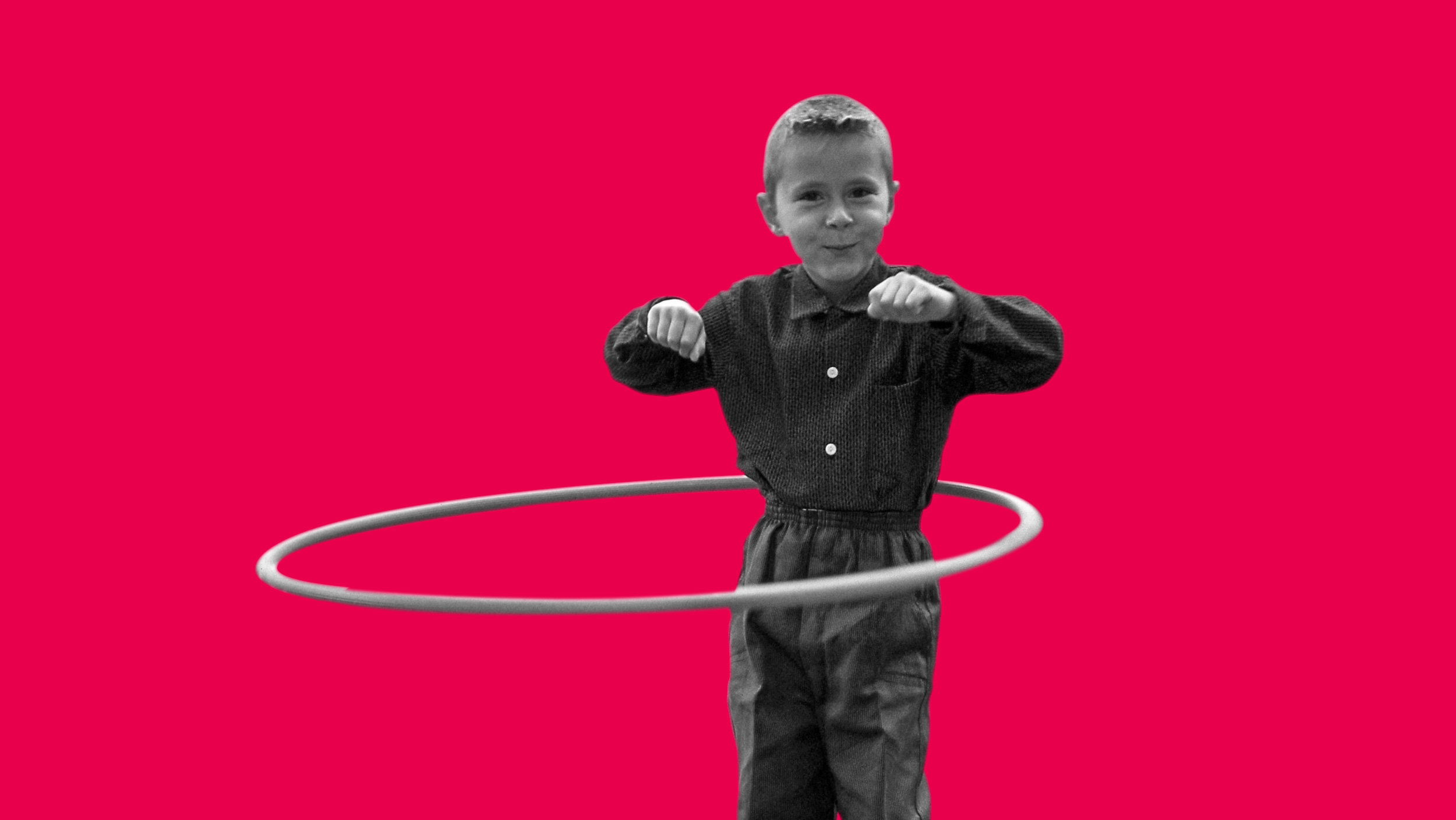 A deep dive into immersion
A deep dive into immersion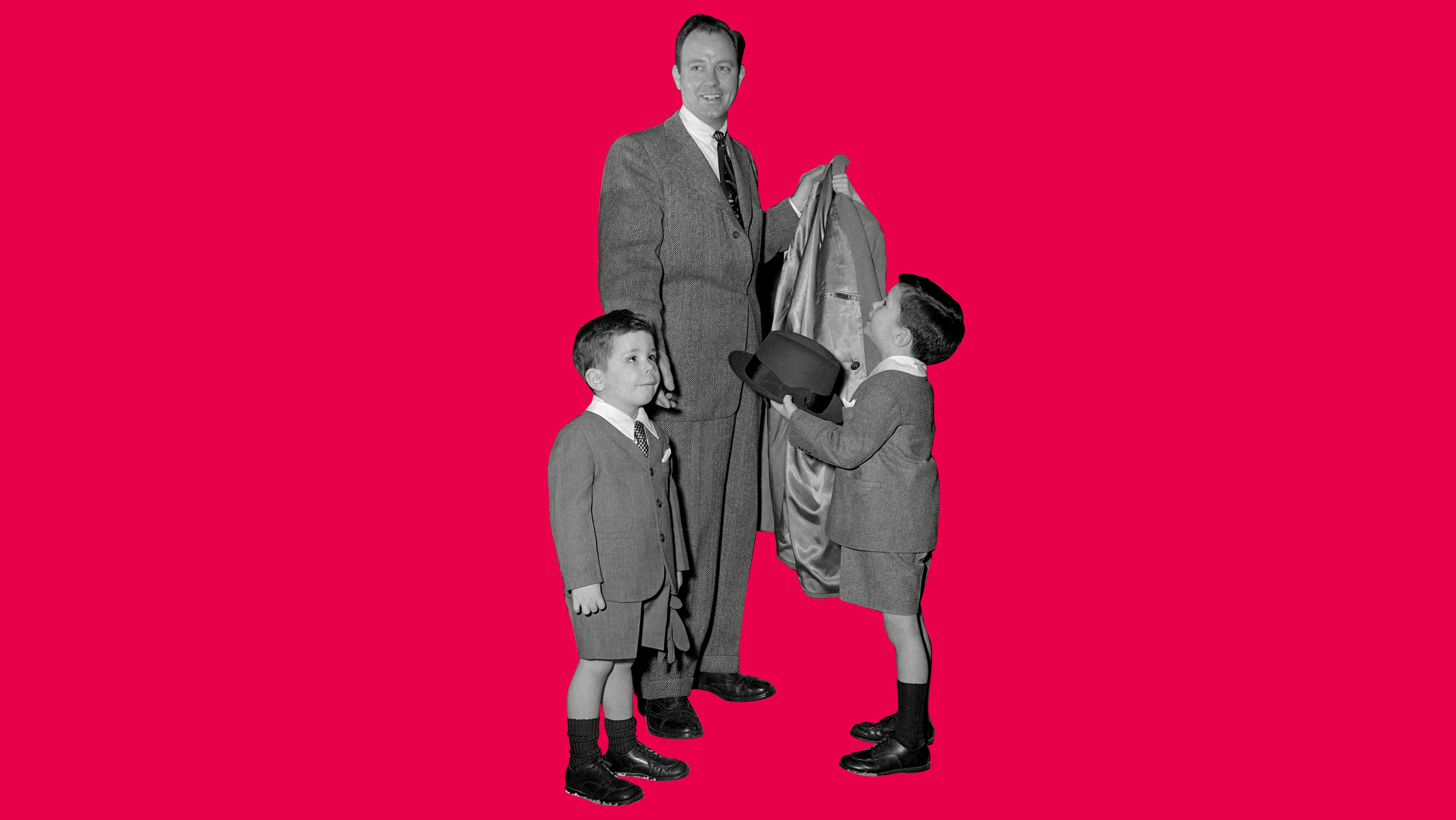 Why the suit & ties don’t get VR
Why the suit & ties don’t get VR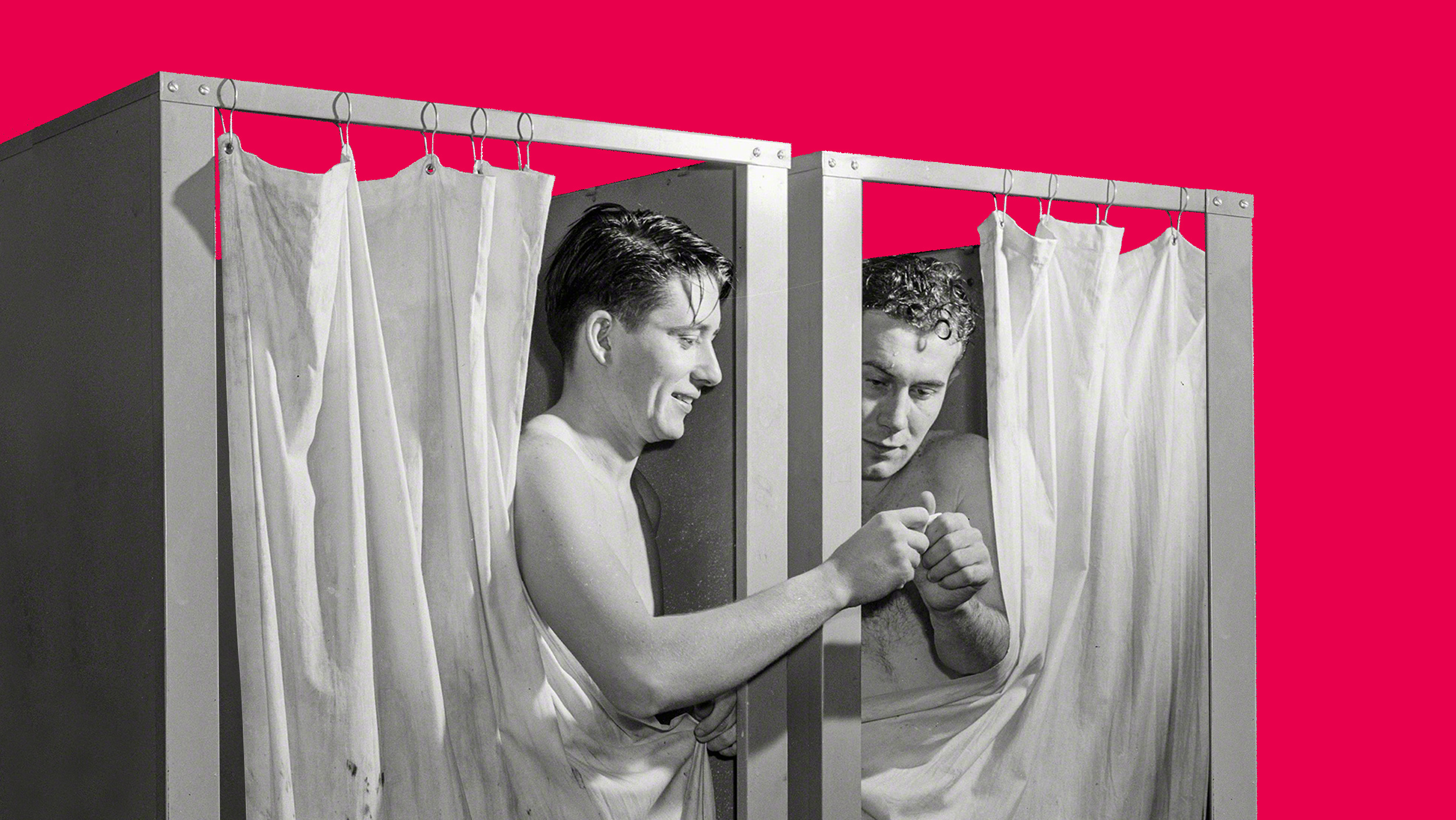 The hidden marketing value of virtual reality
The hidden marketing value of virtual reality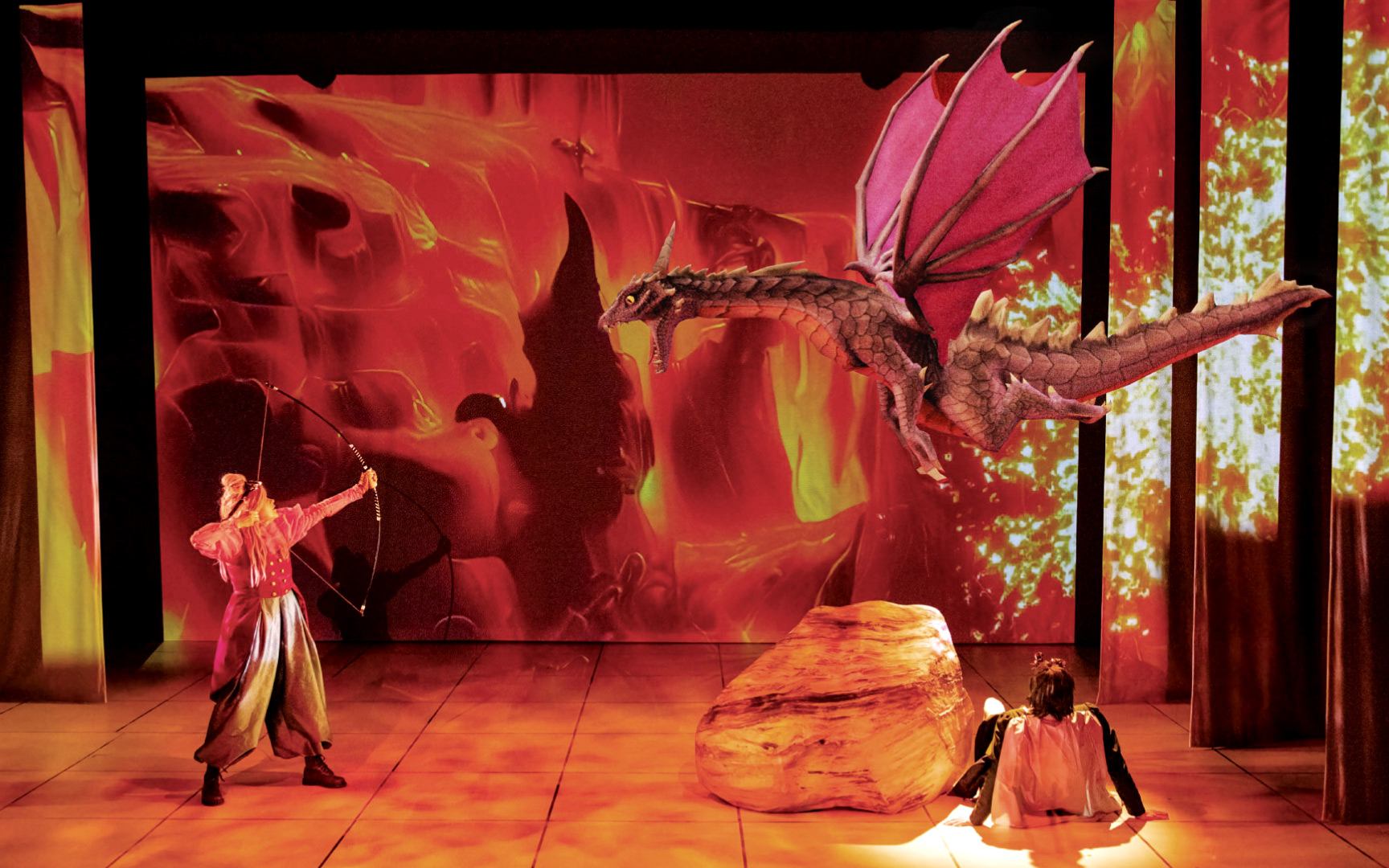 Theatre reimagined with AR
Theatre reimagined with AR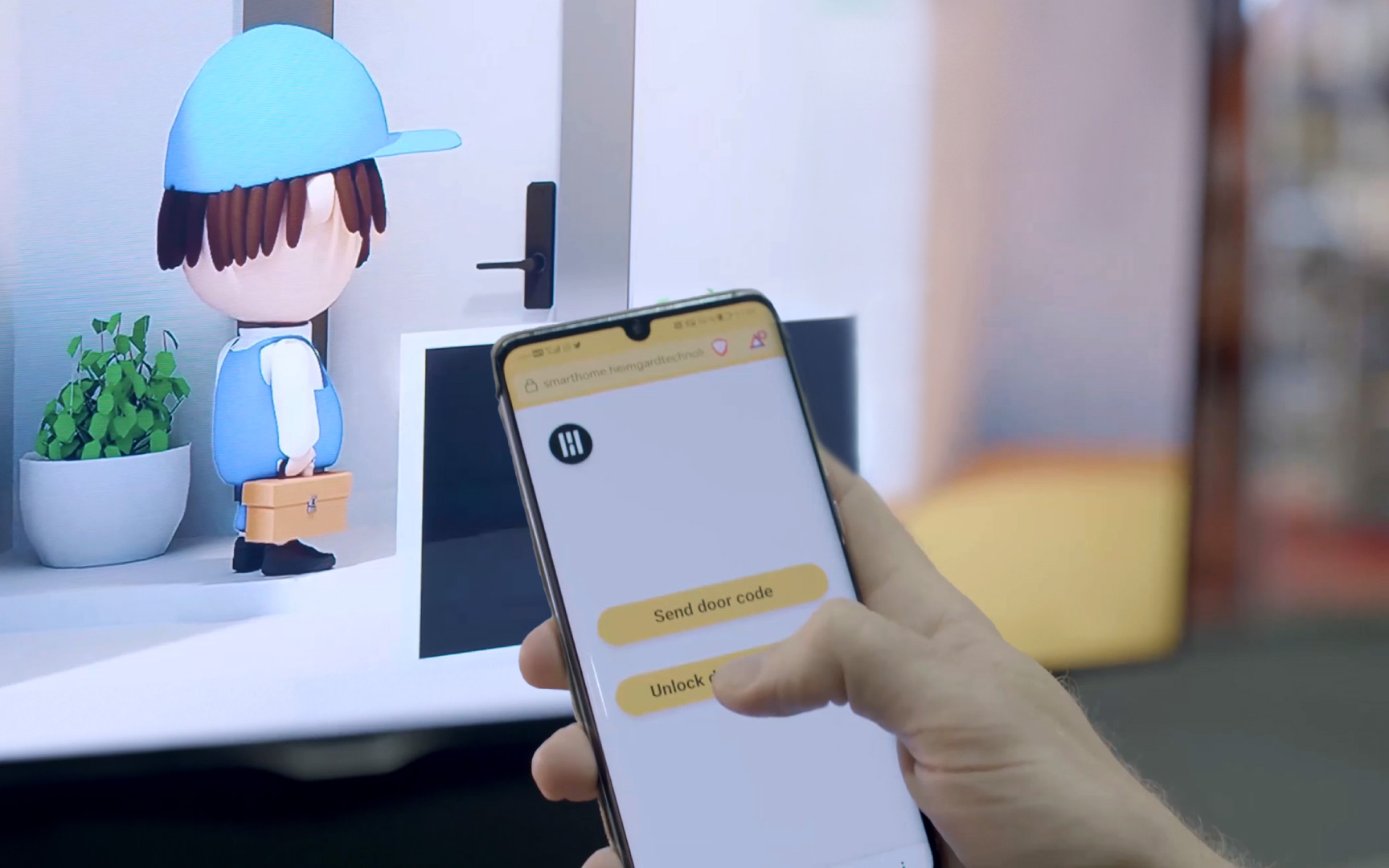 Let your audience control their experience
Let your audience control their experience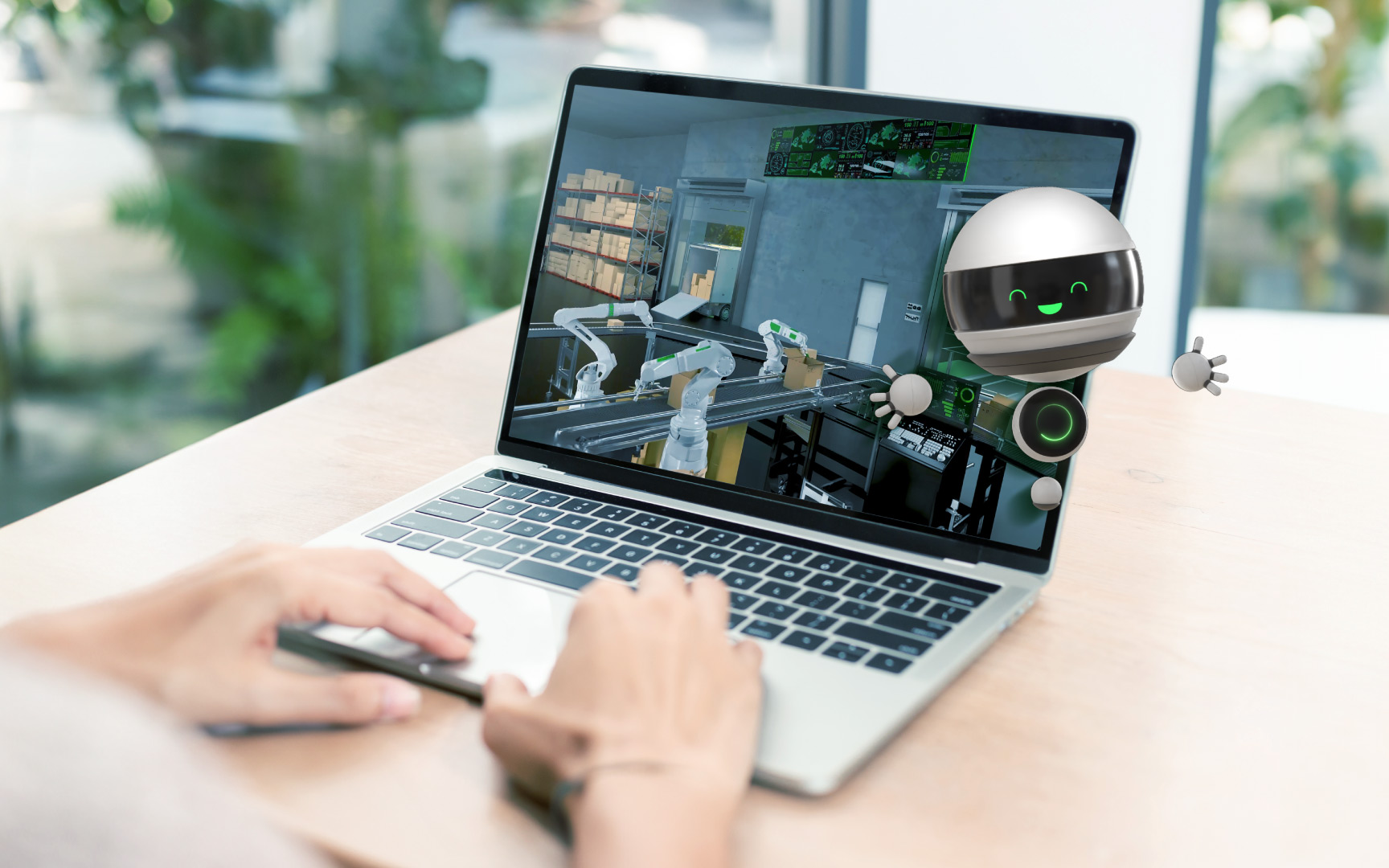 Immersive web to CRM integration for lead gen
Immersive web to CRM integration for lead gen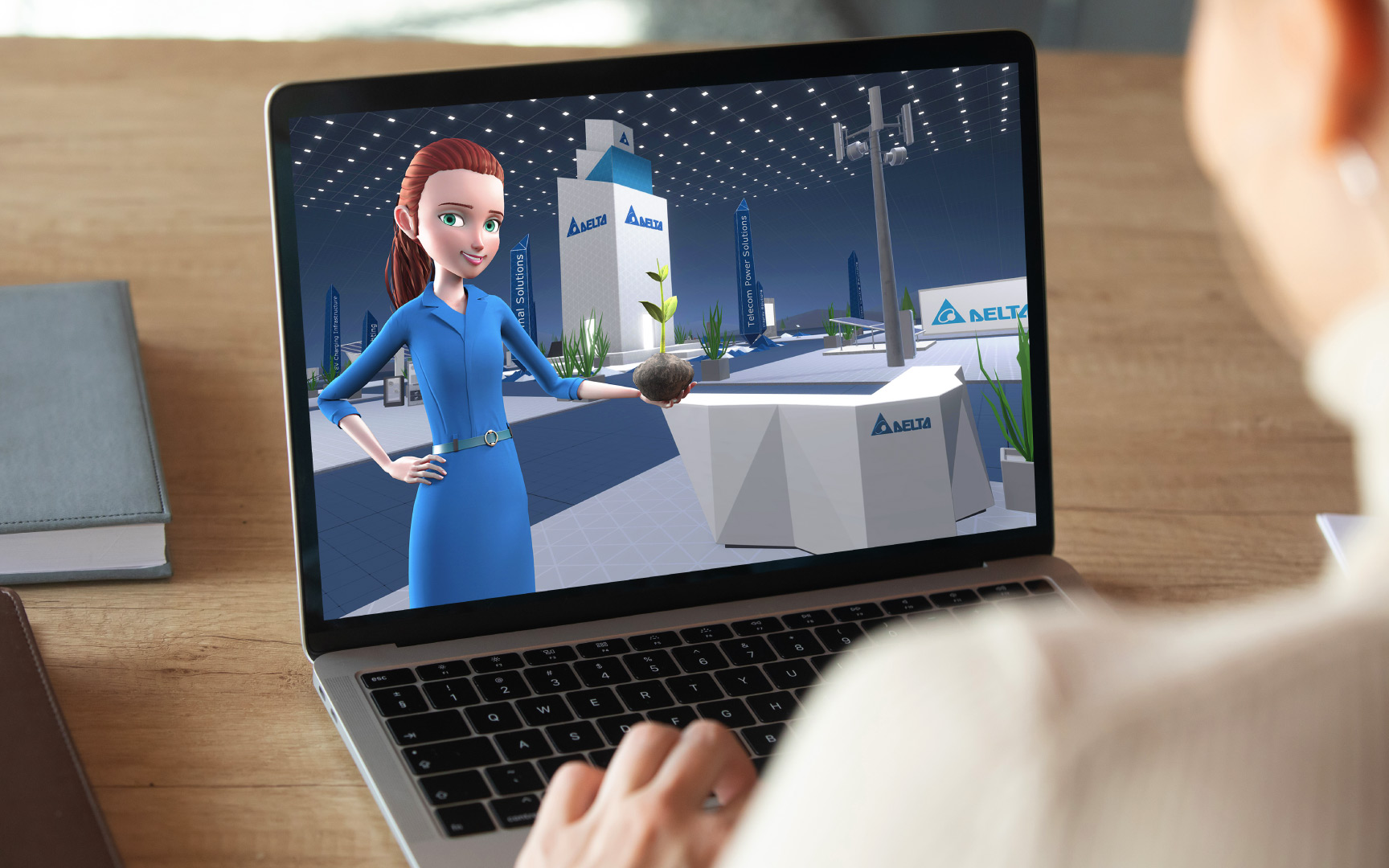 Digital interactive exhibitions during the pandemic
Digital interactive exhibitions during the pandemic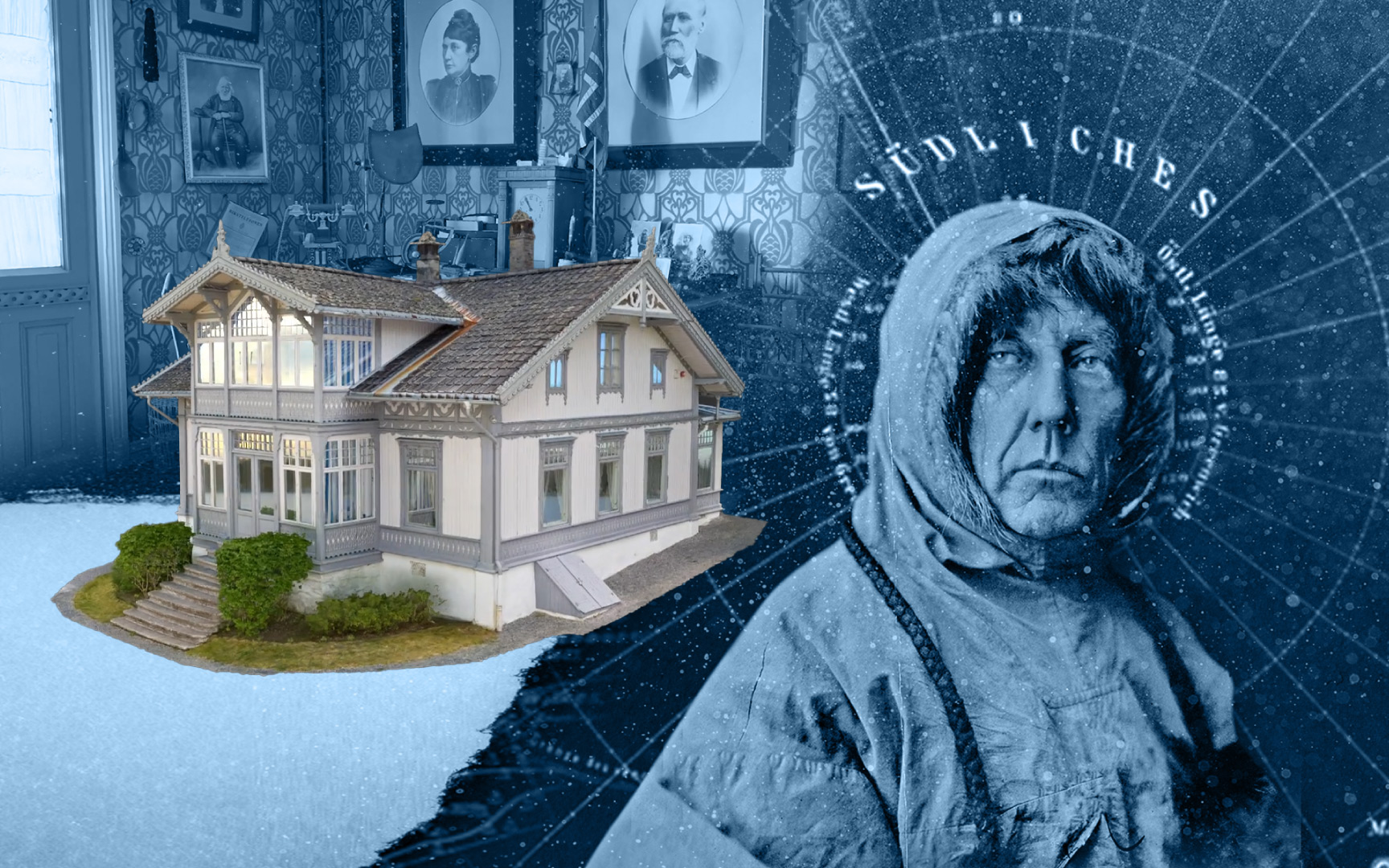 Creating a virtual museum with photogrammetry
Creating a virtual museum with photogrammetry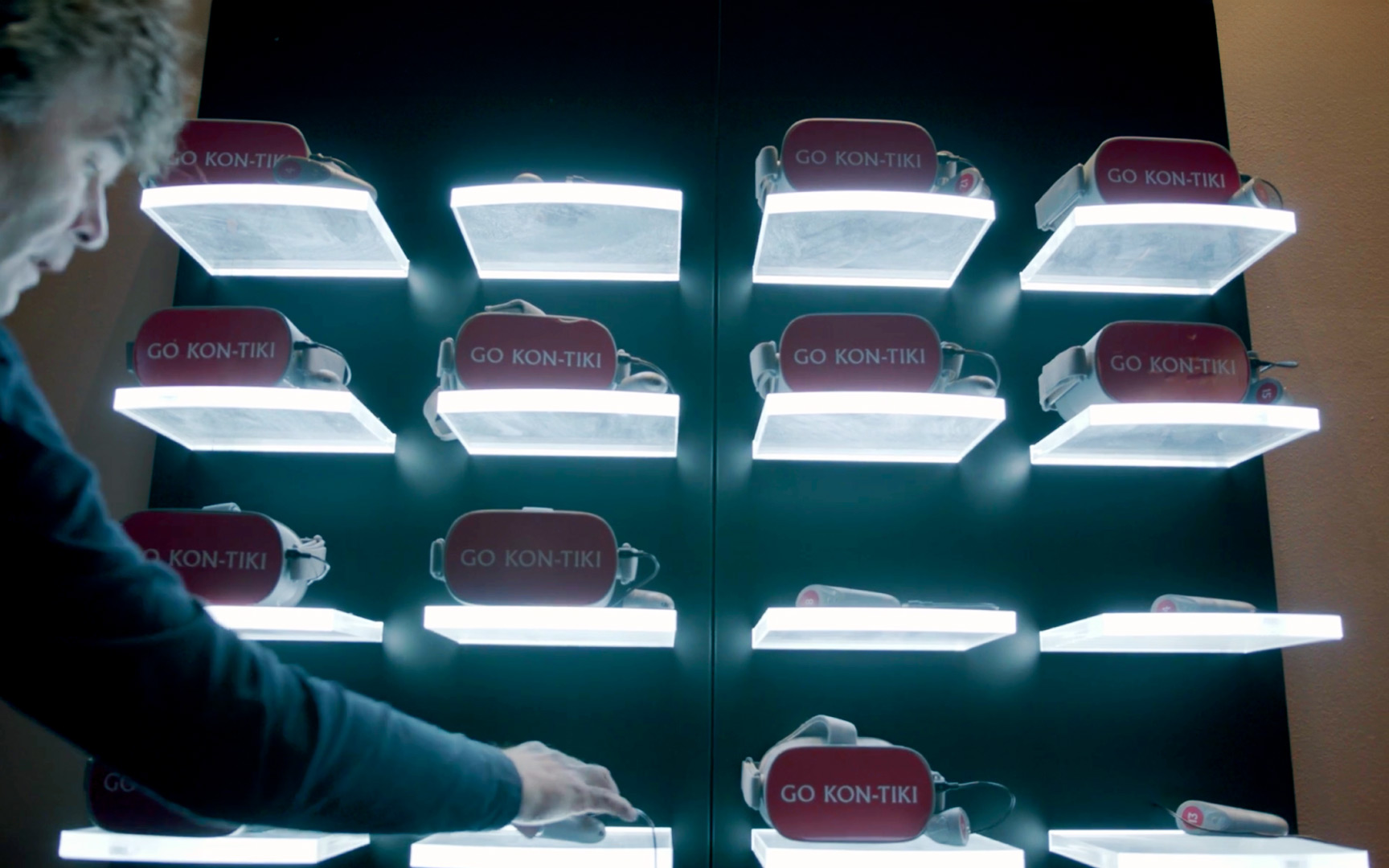 Sailing across the pacific in VR
Sailing across the pacific in VR Audience engagement through immersive web
Audience engagement through immersive web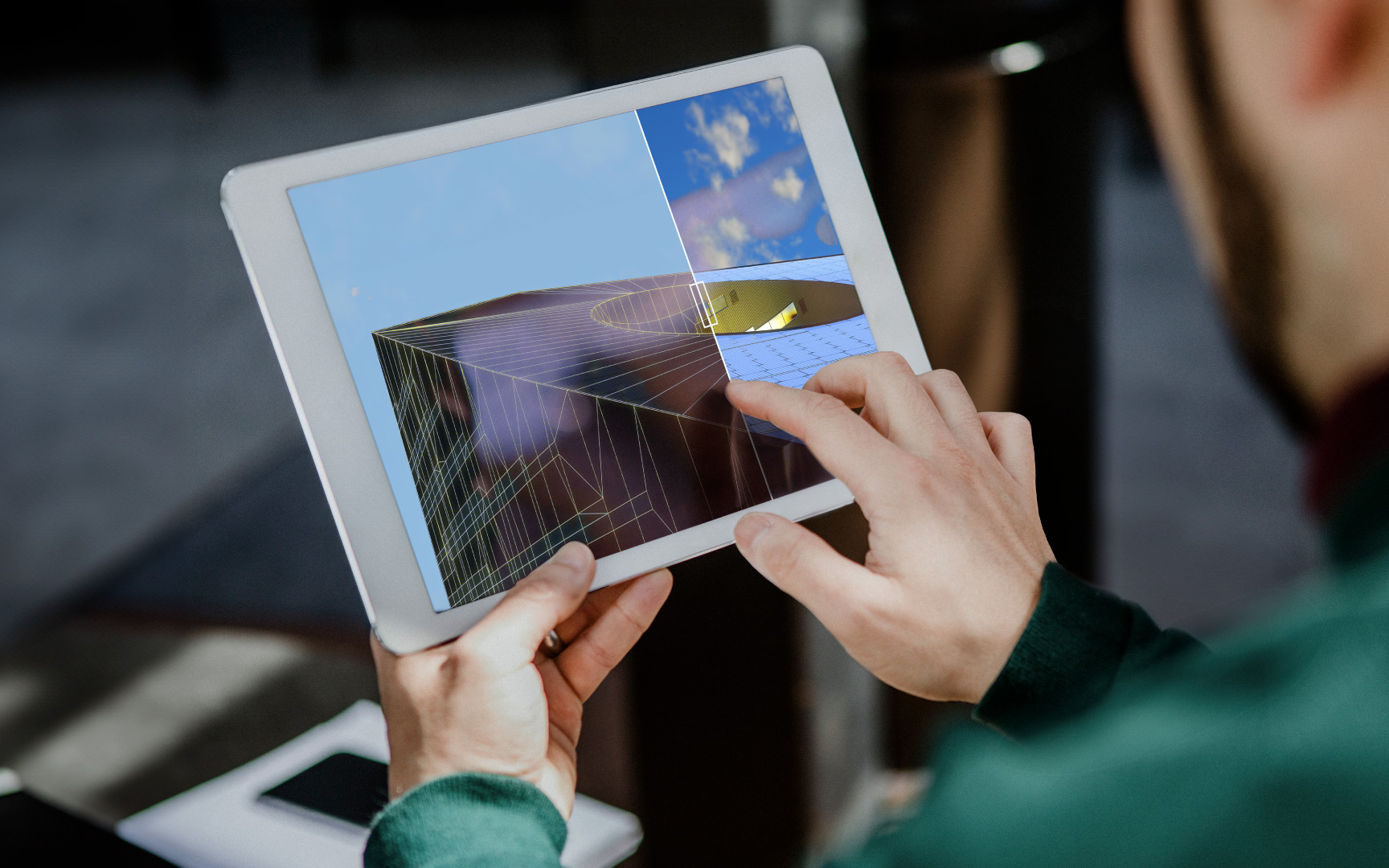 Share your architectural vision in AR
Share your architectural vision in AR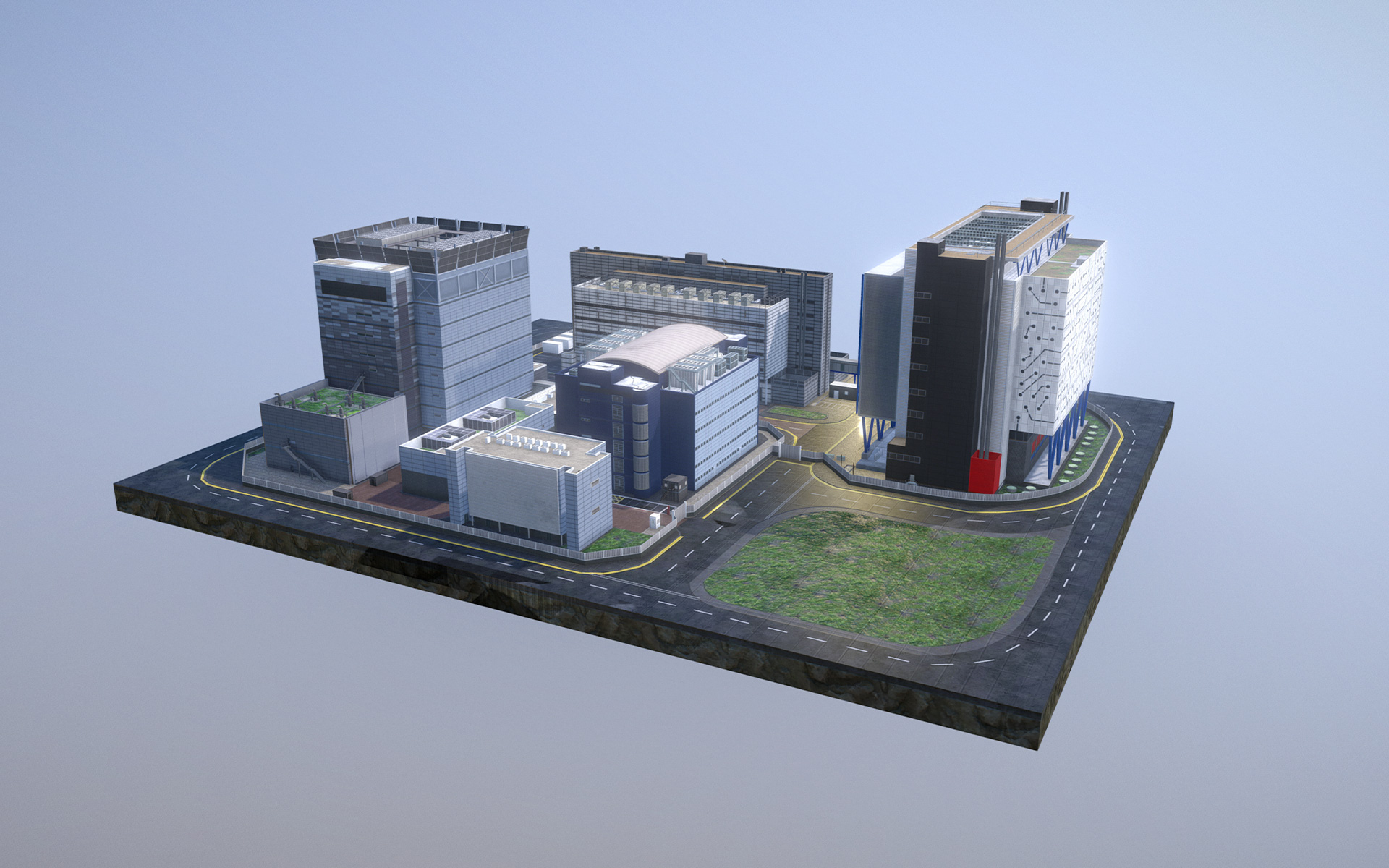 Selling complex installations across WebGL and VR
Selling complex installations across WebGL and VR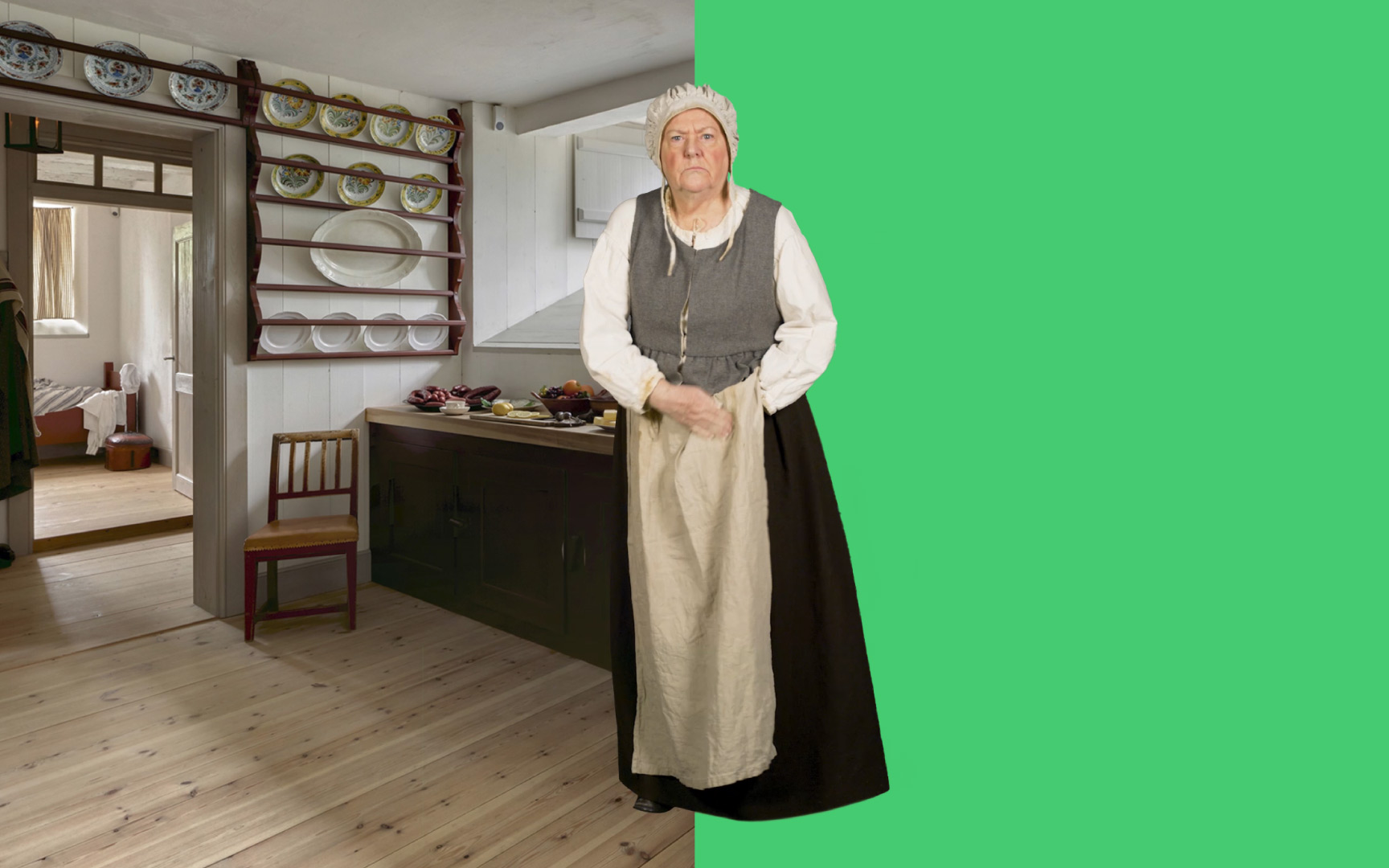 Bringing history to life with 360 photospheres
Bringing history to life with 360 photospheres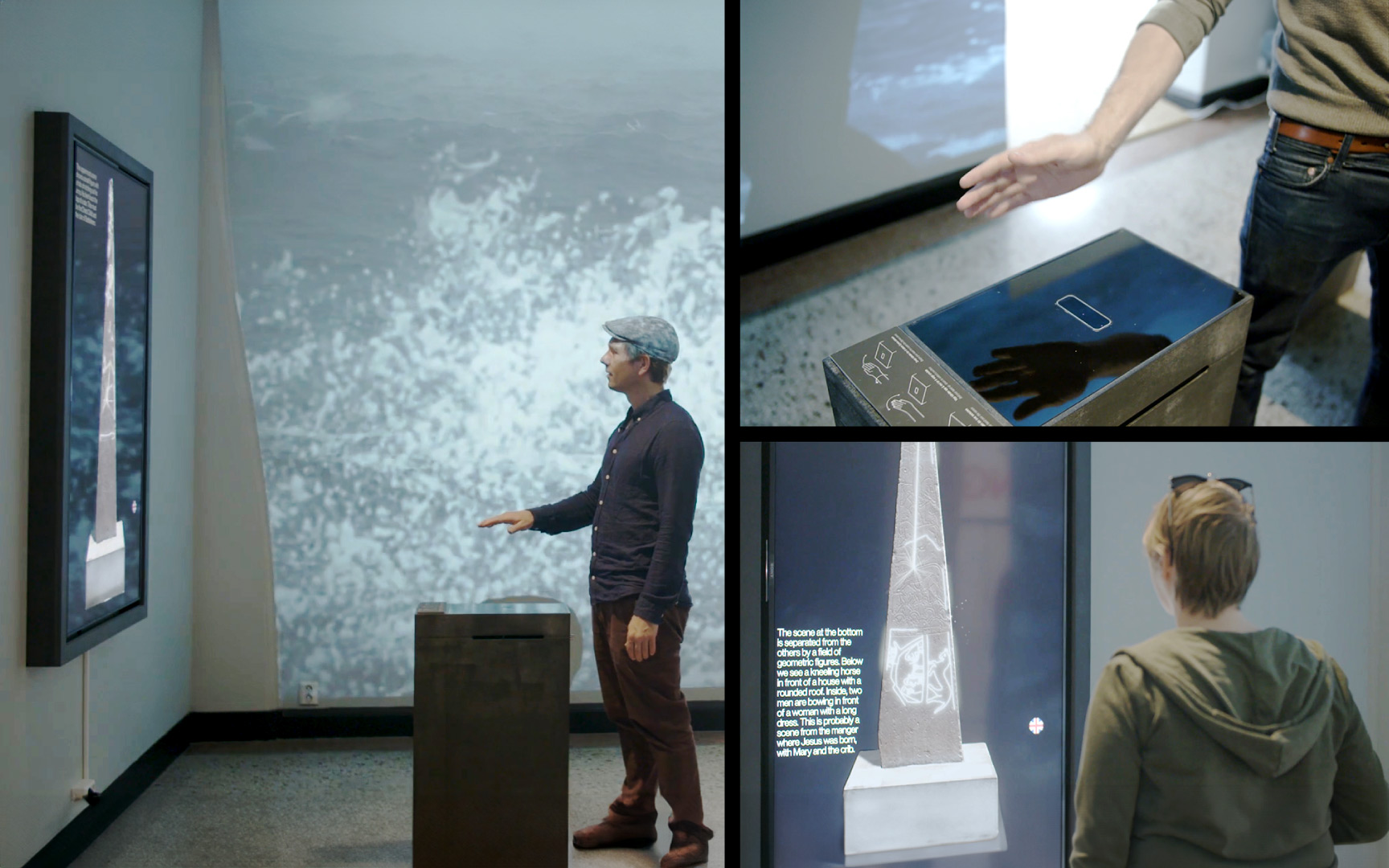 Digitizing hard to exhibit historical artifacts
Digitizing hard to exhibit historical artifacts Creating an immersive product showroom
Creating an immersive product showroom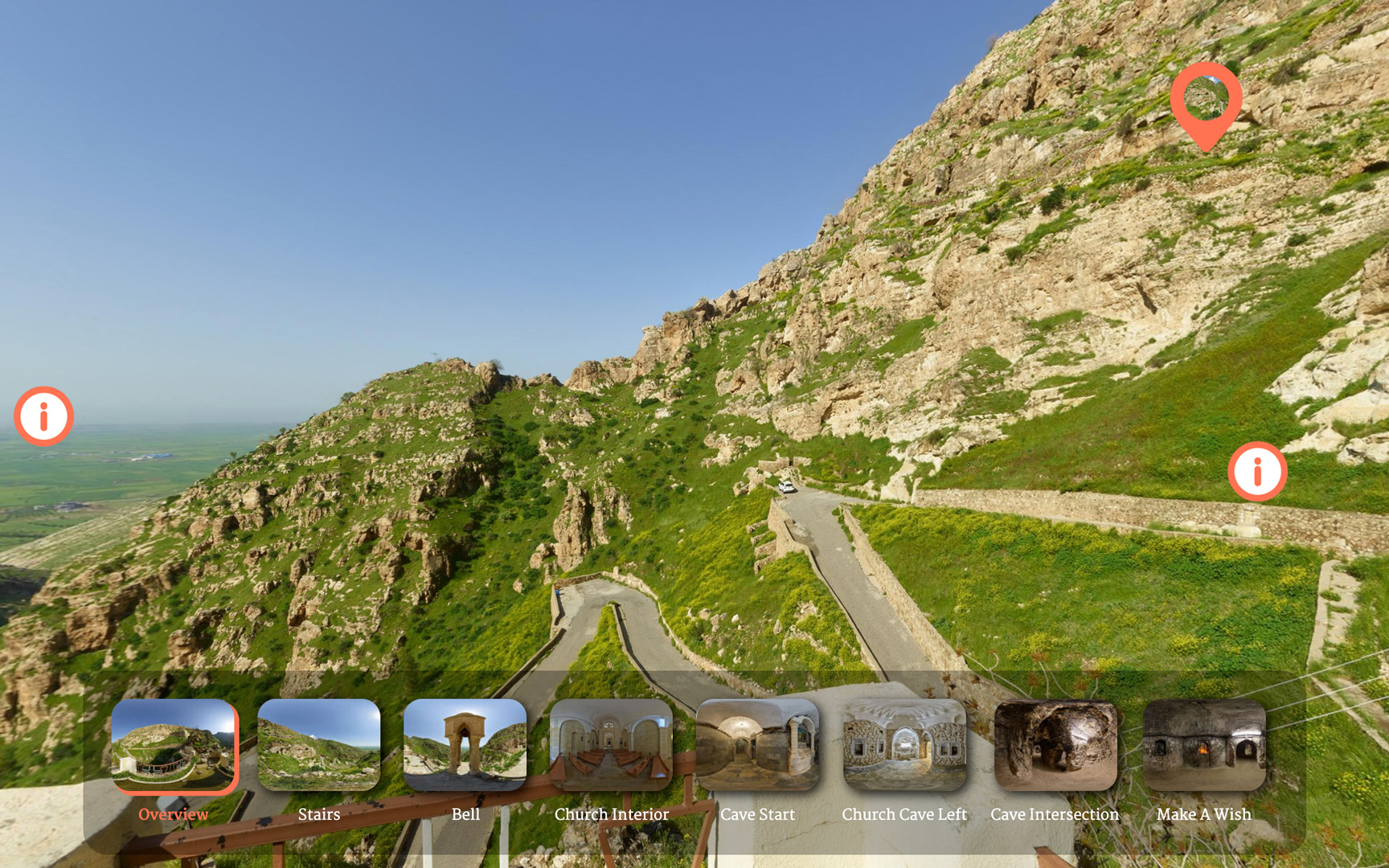 Creating interactive 360 heritage site tours for web
Creating interactive 360 heritage site tours for web